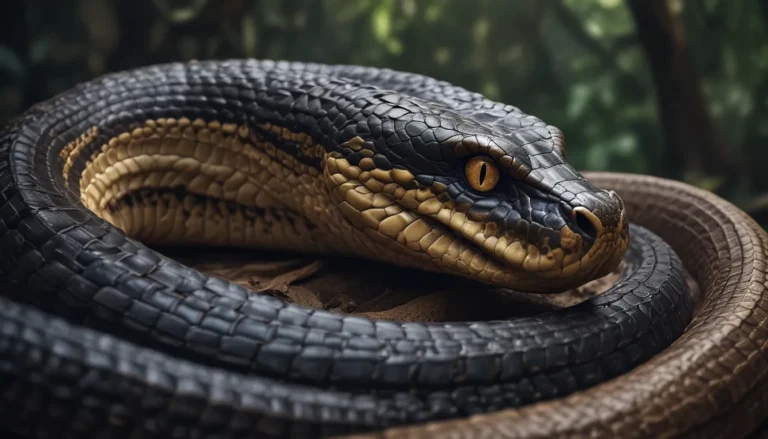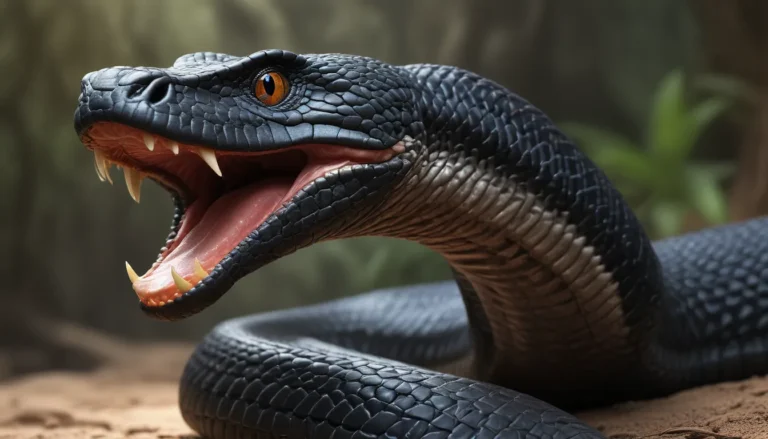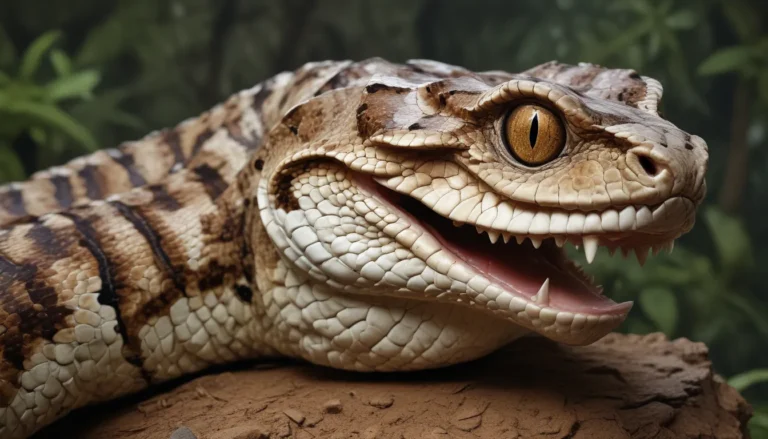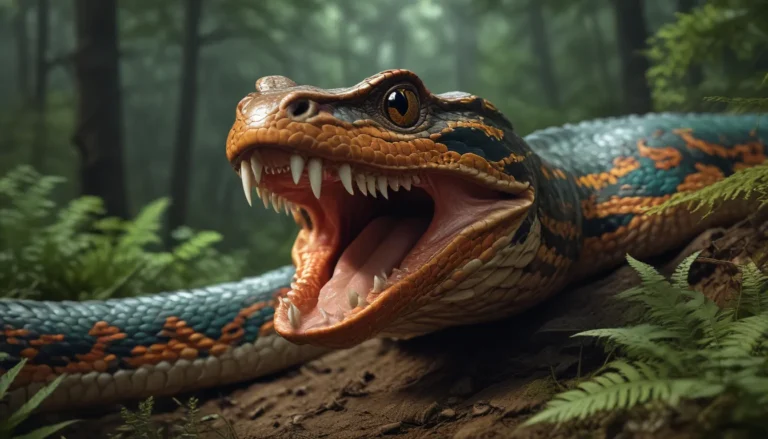The pictures we use in our articles might not show exactly what the words say. We choose these pictures to make you interested in reading more. The pictures work together with the words but don’t take their place. The words still tell you the important facts.
Are you ready to dive into the enchanting world of little blue penguins? These adorable marine birds, also known as fairy penguins or koror? in M?ori, are the smallest penguin species in the world, captivating the hearts of people with their charming appearance and interesting behaviors. Let's explore 19 fascinating facts about these remarkable creatures that will leave you in awe of their unique characteristics and behaviors.
The Smallest Penguin Species in the World
Standing at an average height of just 13 inches, little blue penguins are the smallest penguin species in the world. Despite their small stature, these penguins exhibit impressive adaptability and survival skills in their coastal habitats.
Unique Blue Plumage
Little Blue Penguins have a distinctive blue-gray plumage on their dorsal side, which helps them blend seamlessly into the ocean when viewed from above. This unique coloring serves as a camouflage, protecting them from predators while swimming in the vast ocean.
Exceptional Swimming Abilities
These adorable birds are exceptional swimmers, reaching speeds of up to 6 miles per hour in the water. Their agility and speed allow them to navigate the ocean with ease, hunting for their favorite prey of small fish, squid, and krill.
Vocal Communicators
Little Blue Penguins are known for their noisy chatter, producing a variety of sounds to communicate with their colony members. Their vocalizations play a crucial role in social interactions and maintaining group cohesion within their communities.
Monogamous Partnerships
Forming monogamous pairs, little blue penguins exhibit remarkable loyalty to their partners and often mate for life. This strong bond ensures the successful rearing of their offspring and contributes to the stability of their colony structures.
Dedicated Parenting Behaviors
Both male and female little blue penguins take turns incubating the eggs and caring for their chicks. This shared parenting responsibility highlights the strong family bonds within their colonies and ensures the survival of their young.
Social Creatures in Colonies
Little Blue Penguins are highly social animals and live in colonies that can sometimes comprise several hundred individuals. Their communal living arrangements foster cooperation, protection against predators, and opportunities for social interactions.
Nocturnal Lifestyle for Survival
Primarily active during the night, little blue penguins rely on their excellent vision to navigate through darkness and avoid predators. This nocturnal lifestyle allows them to maximize their hunting efficiency and protect themselves from potential threats.
Rapid Nesting Cycle
The nesting cycle of little blue penguins is relatively short, with eggs hatching in just 35 to 40 days. This rapid development ensures the timely growth and development of their offspring, enabling them to thrive in their dynamic coastal environments.
Impressive Diving Capabilities
Little Blue Penguins have remarkable diving capabilities and can dive to depths of up to 230 feet in search of food. Their agility underwater allows them to catch prey efficiently and explore the marine habitat with ease.
Ecological Importance
Playing a vital role in the marine ecosystem, little blue penguins contribute to the balance of the food web and nutrient cycling. As skilled hunters and key predators in their coastal habitats, these penguins help regulate fish populations and maintain ecosystem health.
Protected Species
Due to their vulnerable status, little blue penguins are protected by conservation efforts to safeguard their populations and habitats. Conservation initiatives aim to mitigate threats such as habitat loss, pollution, and human disturbances that pose risks to their long-term survival.
Symbol of New Zealand
The little blue penguin holds a special place as a symbol of New Zealand, representing the country's unique natural heritage and biodiversity. These charismatic birds are cherished for their iconic presence and cultural significance in New Zealand's coastal regions.
Tourism Attraction
Visitors to certain coastal regions can enjoy the opportunity to observe little blue penguins in their natural habitats through guided tours or designated viewing areas. These eco-tourism experiences provide valuable insights into the behaviors and lifestyles of these captivating marine birds.
In conclusion, little blue penguins are fascinating creatures with a wide range of unique characteristics and behaviors that make them truly remarkable. From their small size and distinctive appearance to their social interactions and ecological importance, these penguins continue to inspire awe and admiration among researchers, conservationists, and wildlife enthusiasts. By raising awareness about the conservation needs of little blue penguins and supporting efforts to protect their habitats, we can contribute to the preservation of these remarkable animals for future generations to appreciate and enjoy.
FAQs about Little Blue Penguins
Q: How tall are little blue penguins?
A: Little blue penguins typically reach a height of about 25-30 centimeters (10-12 inches).
Q: What do little blue penguins eat?
A: Little blue penguins primarily feed on fish, squid, and krill.
Q: Do little blue penguins live in colonies?
A: Yes, little blue penguins are highly social creatures and often form colonies where they nest and raise their chicks.
Q: How many eggs do little blue penguins lay?
A: Little blue penguins typically lay two eggs per breeding season.
Q: Are little blue penguins endangered?
A: Little blue penguins are currently not classified as endangered, but they are facing threats due to habitat degradation and disturbance.
Q: Can you see little blue penguins in captivity?
A: Some aquariums and wildlife parks provide opportunities to observe little blue penguins up close, but these environments aim to mimic their natural habitats as much as possible.
Q: How fast can little blue penguins swim?
A: Little blue penguins are speedy swimmers, reaching speeds of up to 6 miles per hour (10 kilometers per hour).
Q: How long do little blue penguins live?
A: Little blue penguins have an average lifespan of 6-10 years, although some individuals have been known to live up to 20 years in captivity.
As you delve into the world of little blue penguins, remember to appreciate and respect these incredible creatures for their unique qualities and contributions to the marine environment. Join us in celebrating the enchanting world of little blue penguins and supporting efforts to protect and conserve these beloved marine birds.






